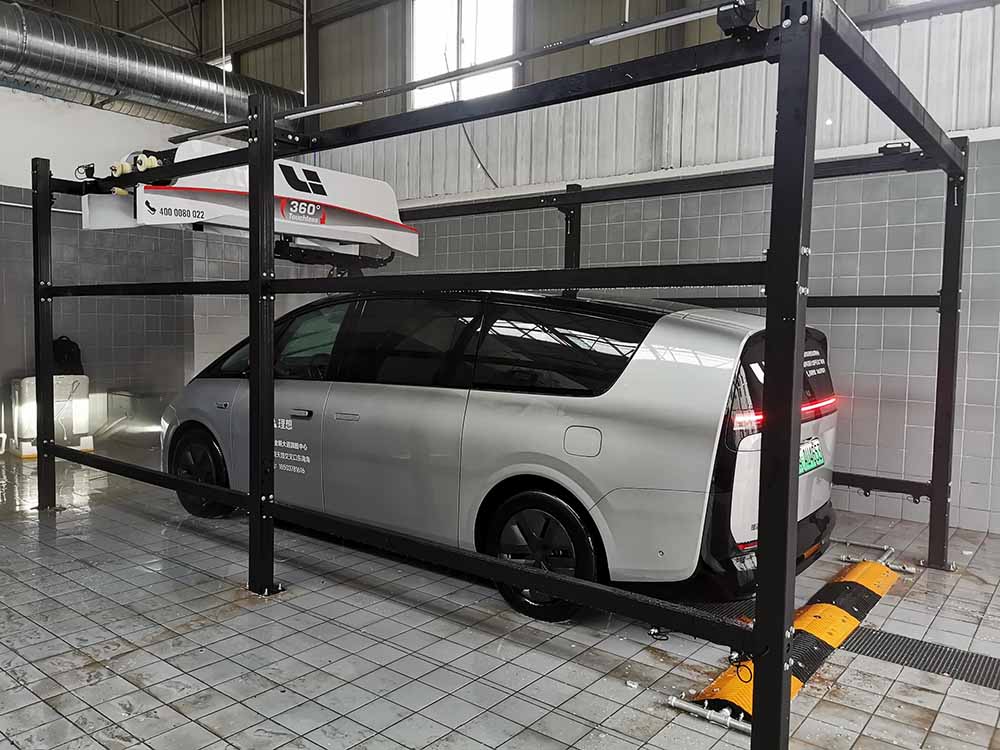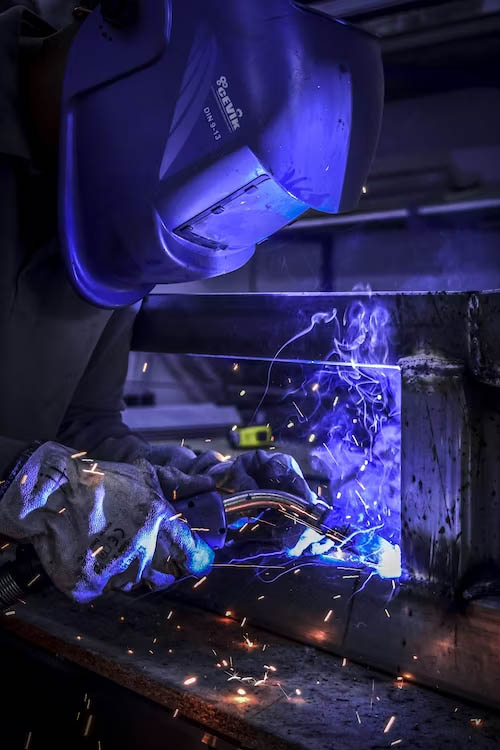The question of whether touchless car washes harm vehicles has sparked debate among car owners and detailing experts. While touchless systems eliminate physical contact with brushes or cloth, they rely on high-pressure water and specialized chemicals to clean—a process that raises valid concerns. Let’s break down the facts, risks, and best practices to help you make informed decisions.

Mattias M-WS200 Automatic Touchless Car Wash Machine For Auto Repair Shop
How Touchless Car Washes Work
Touchless car washes use a combination of high-pressure water jets (often exceeding 1,000 PSI) and potent cleaning agents to dislodge dirt, grime, and road contaminants. Without brushes or cloth, the system depends on chemical reactions to dissolve debris, followed by a pressurized rinse.
Potential Risks to Consider
1. Chemical Impact on Paint and Coatings
The cleaning agents in touchless systems are typically stronger than those used in hand washes or brush-based systems. To compensate for the lack of physical scrubbing, these chemicals often have high pH levels (alkaline) to break down stubborn dirt, brake dust, and bugs.
- Wax/Sealant Stripping: Frequent use can degrade wax, ceramic coatings, or paint sealants over time, leaving paint vulnerable to UV rays and contaminants.
- Residue Buildup: Harsh chemicals may leave behind a filmy residue if not thoroughly rinsed, potentially etching into clear coats if ignored.
Detailer Perspective:
“I’ve seen cars that exclusively use touchless washes lose their protective coatings in 6–8 months,” says Mia Torres, a certified ceramic coating installer in Arizona. “For coated vehicles, I recommend hand washing 80% of the time and touchless only for emergencies.”
2. High-Pressure Water Concerns
While modern touchless systems calibrate pressure to balance cleaning power and safety, issues can arise:
- Trim and Emblem Damage: Loose moldings, vinyl wraps, or aged emblems may detach under sustained blasts.
- Painted Surface Erosion: Over time, concentrated jets can wear down vulnerable areas like edges, hoods, or roofs—especially on older vehicles with compromised clear coats.
Case Study:
A 2018 study by the Automotive Detailing Society found that cars washed 3x monthly at touchless facilities showed 30% more clear coat degradation near license plate borders and antenna bases compared to hand-washed counterparts.

3. Incomplete Cleaning
Touchless systems struggle with:
- Caked-On Mud/Salt: Without physical agitation, heavy buildup may remain, forcing owners to scrub manually later (increasing scratch risk).
- Undercarriage Limitations: While some systems offer undercarriage rinses, they often miss hidden areas prone to rust, like brake lines or suspension components.
When Touchless Washes Shine
Despite the risks, touchless systems have advantages in specific scenarios:
- Winter Maintenance: Quickly removes road salt without touching frozen surfaces.
- Dust/Pollen Removal: Safely clears light debris between hand washes.
- Lease/Fleet Vehicles: Efficient for minimally maintained cars where preservation isn’t a priority.
Pro Tip:
Use touchless washes with “softened” or “pH-neutral” chemical settings, and avoid “triple foam” or “wax-infused” cycles—these often leave residues that attract dust.
Expert Recommendations to Minimize Risk
- Limit Frequency: Use touchless washes no more than 1–2x monthly if your car has wax or ceramic coatings.
- Post-Wash Care:
- Reapply spray wax/sealant after each touchless wash.
- Inspect and hand-dry areas where water pools (mirror housings, trim gaps).
- Avoid High-Traffic Locations: Older touchless systems may use outdated chemicals or poorly maintained pumps. Opt for newer facilities with updated equipment.
- Skip the “Bug Remover” Add-On: These ultra-alkaline pre-soaks are notorious for dulling plastics and trim.
What Car Owners Are Saying
- Positive Experience: “I use touchless washes weekly on my daily driver. After 3 years, the paint still looks decent—but I apply hybrid ceramic spray every month.” – Mark R., Honda Accord owner.
- Negative Experience: “My black Model Y’s trim turned chalky after 4 touchless washes. The detailer said the chemicals oxidized the plastic.” – Sarah L., Tesla owner.
The Verdict
Touchless car washes won’t destroy your car’s finish if used judiciously, but they aren’t risk-free. For well-maintained vehicles:
- Prioritize hand washing for deep cleaning and preservation.
- Reserve touchless washes for quick maintenance or harsh weather conditions.
- Always follow up with protective products to counteract chemical exposure.
For older cars or short-term ownership, the convenience may outweigh the tradeoffs. When in doubt, consult a professional detailer to assess your paint’s condition and recommend a tailored regimen.
Need a Safer Wash Alternative?
Mattias Car Wash Systems’ detailing partners offer paint-thickness evaluations and eco-friendly car wash systems. Contact us for a free consultation to protect your investment.




